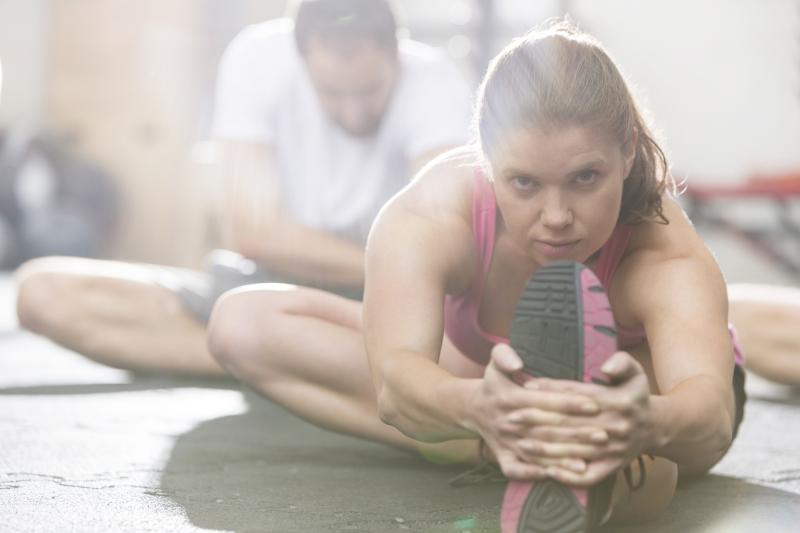It’s so easy to get caught up in the latest fitness fads and exercise extremes. Every other ad is for a new piece of equipment that sheds fat faster, or a scientifically advanced workout program that promises a six-pack. The companies leverage our insecurities and flaunt unrealistic results, and we’ve all caved at one time or another. But the reality is that fads don’t last and extremes aren’t sustainable. What’s more, our physical fitness shouldn’t be determined by the way we look, but rather our ability to reach personal goals and live a desired lifestyle.
Whether you want to be able to climb a mountain or the front steps, it’s important to focus on the basics to reach your goals. Bayhealth Exercise Specialist, Michelle Smith, breaks down the three basic elements of exercise – cardio, strength and stretching – and why each is essential to reaching and maintaining your physical fitness goals.
Cardio
Cardio exercise is any movement that elevates your heartrate above resting. A strong, healthy heart and cardiovascular system is essential to your everyday endurance. Actions like walking and climbing stairs will be easier when you perform intentional cardio exercise on a regular basis.
Jumping jacks, marching in place and swimming are some examples of simple cardio exercise.
Strength
Strength training is exercising using resistance to challenge your muscles beyond normal exertion. You can add resistance with weights, resistance bands or even a can of beans. Simply utilizing your bodyweight can also be sufficient depending on your goal. Things like sitting down and standing up, picking up a child, or carrying the groceries inside will be easier with a strong body.
Squats, pushups and planks are examples of simple strength moves that you can perform with bodyweight or added resistance. Sometimes, cardio and strength can be combined when a strength routine is challenging enough to increase your heart rate.
Stretching
Stretching is simply the loosening and lengthening of your muscles. You should stretch both before and after you exercise to increase flexibility, help prevent injury and reduce muscle soreness. Stretching is also a great way to relieve tension and relax, even on your off-days. Loose, flexible muscles are important in all types of movement and can be especially helpful in everyday activities like getting dressed, bathing and cleaning.
There are multiple different ways to stretch and it looks different for everyone. Stretch all muscles, even the ones that don’t feel tight, to maintain overall mobility.
Incorporating the basic elements of exercise in every workout is the most effective way to meet your personal fitness goals. The combinations and time spent will vary depending on your goal, but when in doubt, always bring it back to the basics. Tune out the noise of the “fitness industry” and remember that any intentional movement that increases heart rate, challenges muscles and stretches the body is beneficial to overall physical fitness and wellbeing.
Be sure to consult a medical professional if you have concerns about beginning or altering an exercise routine. Visit Bayhealth.org/Find-A-Doctor or call 1-866-Bay-Docs to be referred to a Bayhealth doctor that fits your needs.





















































